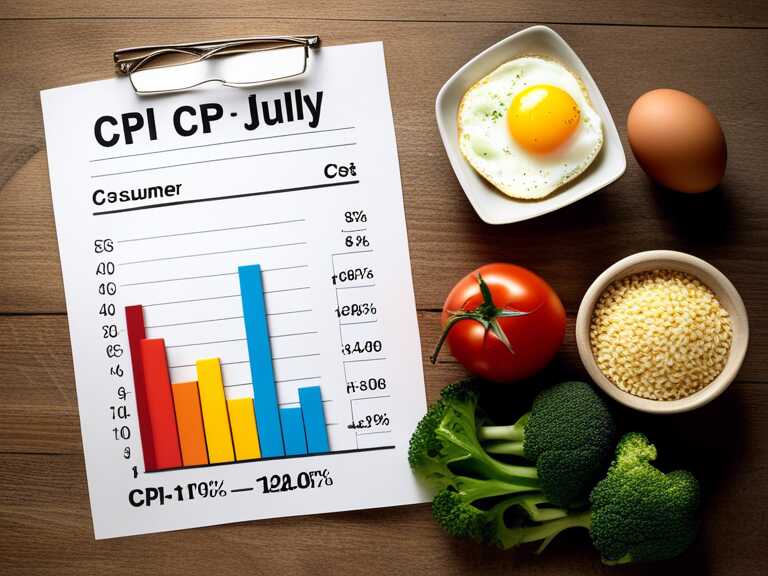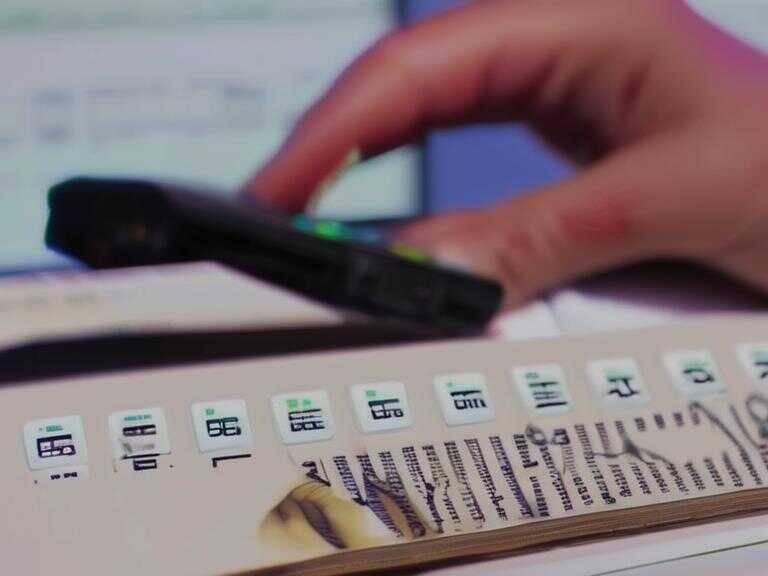
July Inflation Rises as Expected, Driven by Housing Costs; Interest Rate Cut Likely in September
July's inflation report showed a 0.2% rise, mainly due to higher shelter costs, with annual inflation at 2.9%, influencing potential interest rate cuts.

According to a Labor Department report released Wednesday, inflation increased as anticipated in July due to a rise in housing-related costs. This development is likely to keep the possibility of an interest rate cut on the table for September.
Consumer Price Index
The consumer price index (CPI), a comprehensive measure of prices for goods and services, saw an increase of 0.2% for the month of July, resulting in a 12-month inflation rate of 2.9%. This figure was slightly below the 3% expected by economists surveyed by Dow Jones. When excluding food and energy, the core CPI also exhibited a 0.2% monthly increase and a 3.2% annual rate, meeting expectations. This annual rate marks the lowest level since March 2021, while the core CPI is the lowest since April 2021, according to the Bureau of Labor Statistics report. The previous month, June, witnessed a headline inflation rate of 3%.
The substantial 0.4% increase in shelter costs accounted for a significant 90% of the overall increase in all-items inflation. Food prices saw a 0.2% rise, while energy prices remained unchanged. Following the release of the report, stock market futures showed a slight decline, and Treasury yields mostly increased.
Impact on the Market
Despite the moderation in food inflation for the month, various categories experienced notable price increases, with eggs witnessing a particularly substantial 5.5% rise. In contrast, the prices of cereals and bakery items decreased by 0.5%, while dairy and related products declined by 0.2%.
The inflation trend has been steadily approaching the central bank's target of 2%. A report from the Labor Department released on Tuesday indicated that producer prices, a proxy for wholesale inflation, rose by only 0.1% in July and were up 2.2% on a year-over-year basis.
Federal Reserve's Response
Federal Reserve (Fed) officials have expressed a willingness to ease monetary policy, although they have been cautious in committing to a specific timetable or speculating on the pace at which interest rate cuts might occur. The futures market currently indicates roughly an equal likelihood of a quarter- or half-percentage point reduction during the Fed's meeting on September 17-18, with at least a full percentage point decrease expected by the end of 2024.
Concerns and Market Reactions
As inflation eases, concerns about a potentially slowing labor market seem to have increased the likelihood of the Federal Reserve commencing interest rate cuts for the first time since the initial stages of the Covid pandemic. Liz Ann Sonders, chief investment strategist at Charles Schwab, characterized the CPI report as showing a decline, while noting the persistence of stubborn areas.
Share news















